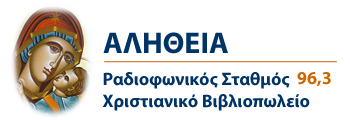A: According to the Gospels of St. Matthew and Mark, John the Baptist lived for many years in the wilderness of Judea, subsisting on "locusts and wild honey" (Matt. 3:4 & Mark 1:6).
A locust is a small insect resembling a cricket or grasshopper. They tend to migrate in swarms and can often appear in the sky as an immense black cloud. Because of their destructive force on crops and vegetation, many ancient peoples considered them to not only be, a menace, but a harbinger of God's wrath as well. Locusts were the eighth plague sent by God to punish Pharaoh.
Although our society typically disparages the eating of bugs, this is not necessarily true throughout the rest of the world. In many countries and cultures insects are often viewed as a delicacy. To the Jews, locusts were considered to be a clean or "kosher" food which was therefore suitable for consumption long before bizarre food expert Andrew Zimmern or survivalist Bear Grylls made it popular. They are still eaten by many nomadic tribes in the Middle East when other food sources become scarce.
On a side note, the Greek word used for locusts (akrides) can also be construed to denote a type of plant or herb and there is even a Palestinian tradition which suggests that St. John ate the pods of a type of carob tree still native to that area. The pods of this tree do somewhat resemble the shape of a locust, but are sweet, chewy, and are affectionately known as "St. John's Bread."
Fr. John










.jpg)



Δεν υπάρχουν σχόλια:
Δημοσίευση σχολίου